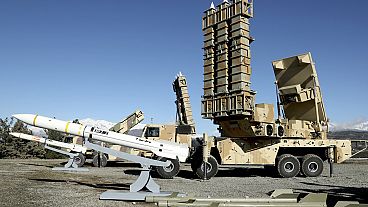By Ben Kellerman
NEW YORK (Reuters) - Delphine Schrank, Reuters chief correspondent for Mexico and Central America, gave two middle-aged Honduran men, both migrants, some sliced cucumber from a roadside food stand in Guatemala after learning that they could not afford any at a cost of 5 quetzal, roughly 65 cents.
“I don’t think that’s crossing a journalistic line,” she says. “I think it’s being human.”
Since April, Reuters journalists have crossed borders, clambered onto truck beds and walked hundreds of miles with Central American migrants, many of whom are seeking asylum in the United States to escape gang violence at home.
At Reuters, many of the 13 photographers, 10 video reporters and four text reporters who have covered the painful journey of this year’s caravans say they have wrestled with the question of how much personal distance to keep from their subjects and sources. This dilemma often arises when journalists cover humanitarian crises and bear witness to intense suffering.
In our newsroom, the answer comes down to a personal and professional judgement, while also abiding by the Trust Principles of Thomson Reuters, which stress independence and freedom from bias. Reuters is committed to reporting fairly and honestly, to doggedly gathering hard to-get-information, and to remaining impartial. (www.thomsonreuters.com/en/about-us/trust-principles.html)
Schrank, who has travelled with migrants through Honduras, Guatemala and Mexico, says forging close relationships with interviewees is key to getting to the heart of the story.
“People are on the road for emotive reasons as much as factual ones,” Schrank says. “This is not a cold story, and you can’t be cold as a journalist either.”
Across the U.S. border, Reuters photographer Adrees Latif embedded with three separate U.S. Customs and Border Protection units, mostly in the Rio Grande Valley in Texas.
The officers carry two or three gallons of water with them per shift. Latif has taken photographs of them delivering water to migrants to show another aspect of the story.
“A lot of the migrants who cross the border are starving, or lost or walking in circles for days,” Latif says. “Some Border Patrol save their lives.”
Reuters photographer Hannah McKay felt a sense of guilt after frequently seeing mothers with two children walking along the road from Oaxaca to Mexico City. But she says she tried to keep those feelings in check.
“You’d think, ‘Well, there are three empty seats in the back of the car.’ You know you could make a huge difference in their day” by giving them a ride, she says. Two cars drove alongside Reuters photographers along the caravan route.
But journalists must weigh other considerations. They are unable to guarantee the health and safety of civilians in dangerous environments, and offering assistance to some individuals but not others could raise questions about the impartiality that Reuters journalists are pledged to uphold.
McKay says she believes the act of photographing the migrants by itself has the potential to help them, as it brings international attention to their difficult journey.
(Editing by Lauren Young and Bill Rigby)


